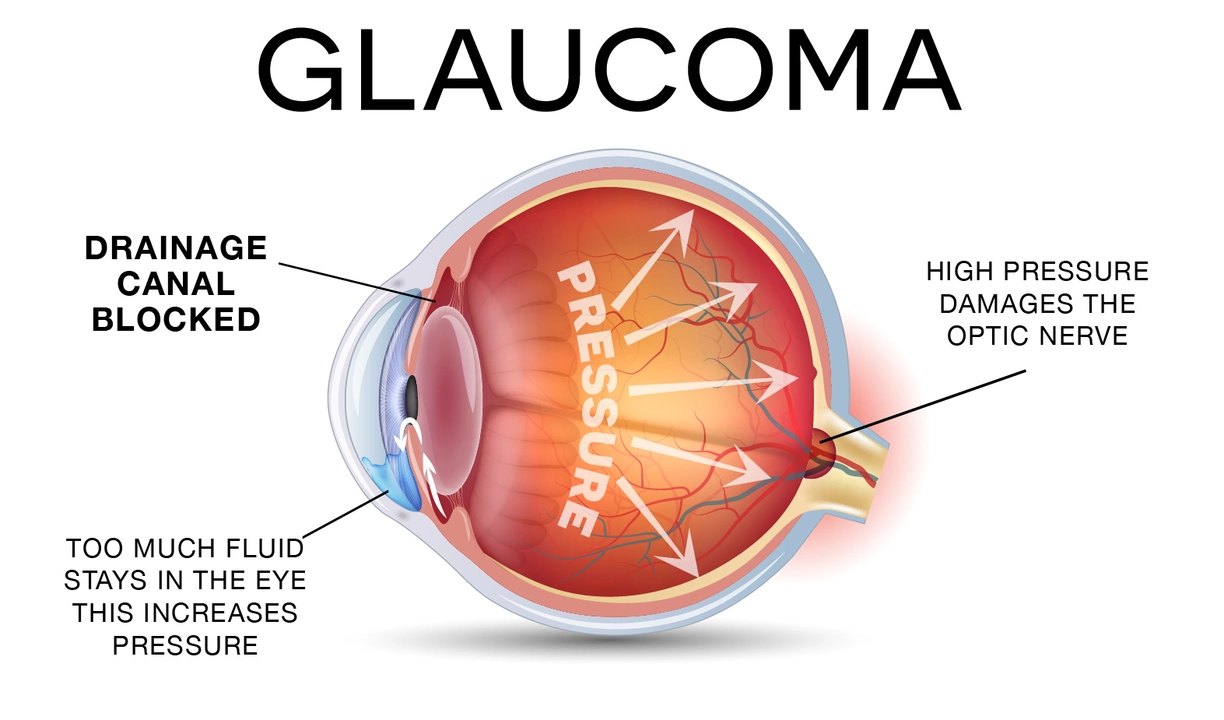Glaucoma: What You need to know to protect your vision
Glaucoma is a group of eye diseases that slowly damage the optic nerve. Many people don’t notice anything at first because vision loss often starts at the sides. Catching it early is the only way to prevent serious, permanent vision loss. If you have a family history, high eye pressure, or diabetes, take extra care.
How glaucoma is found
Doctors use a few simple tests to check for glaucoma. A tonometer measures eye pressure. An ophthalmoscope or OCT scan looks at the optic nerve and retinal nerve fiber layer. Visual field (perimetry) tests map any blind spots or peripheral vision loss. None of these tests alone gives the whole picture — the doctor combines results to decide if you have glaucoma and how fast it’s progressing.
There are different types: open-angle glaucoma is the most common and develops slowly. Angle-closure glaucoma can come on fast with severe eye pain, nausea, and sudden vision changes — that’s an emergency. Normal-tension glaucoma happens when optic nerve damage occurs even with normal eye pressure; it’s monitored closely because the cause can be different.
Treatment and daily care
Most treatment starts with prescription eye drops that lower eye pressure. Common classes include prostaglandin analogs, beta-blockers, alpha agonists, and carbonic anhydrase inhibitors. Drops can work well but only if you use them exactly as prescribed. Set reminders, keep the bottle where you’ll see it, and ask your doctor about proper drop technique if you miss often.
If drops don’t control pressure, laser treatments like trabeculoplasty can help open drainage pathways. For advanced or resistant cases, surgery (for example trabeculectomy or newer MIGS procedures) creates a new drainage route to lower pressure. Each option has pros and cons, so talk with your eye surgeon about risks and recovery time.
Besides medical care, small daily choices matter. Regular exercise (brisk walking) can help eye health, while heavy straining or inverted yoga poses may raise eye pressure temporarily. Avoid long-term steroid eye drops unless clearly needed — they can raise pressure. Keep routine eye exams (at least yearly if you’re at risk) and bring a list of all medicines to each visit.
Watch for red flags: sudden severe eye pain, blurred vision, rainbow halos around lights, or nausea with eye symptoms. Those signs need immediate attention — they could mean angle-closure glaucoma.
On this site you’ll find articles that dig into specific medicines, procedures, and patient tips. If you suspect glaucoma or have risk factors, book an eye exam and ask about a full glaucoma workup. Early action gives you the best chance to keep your sight.

